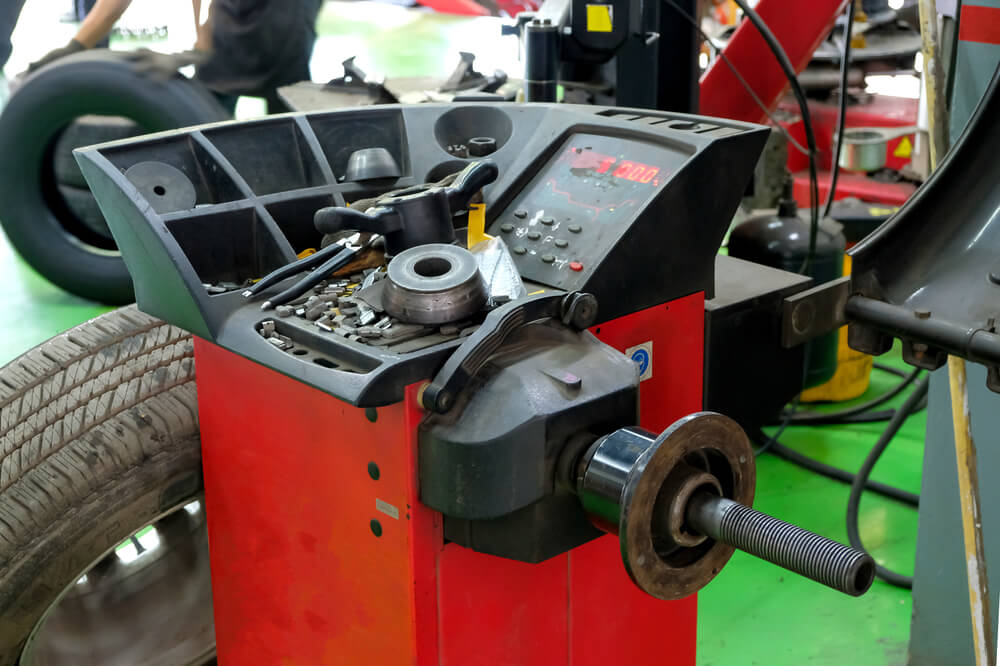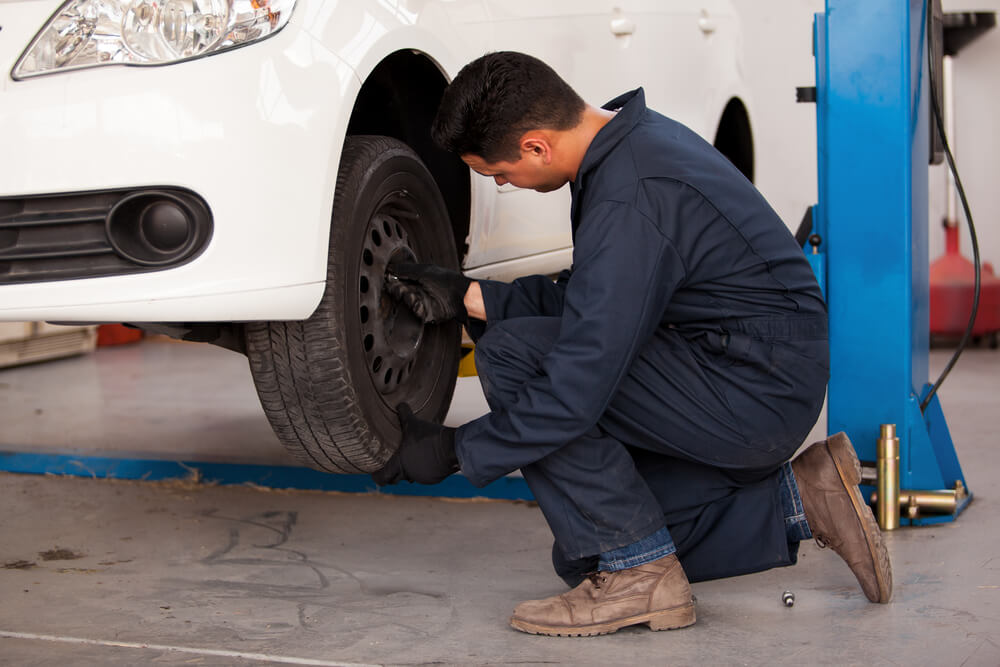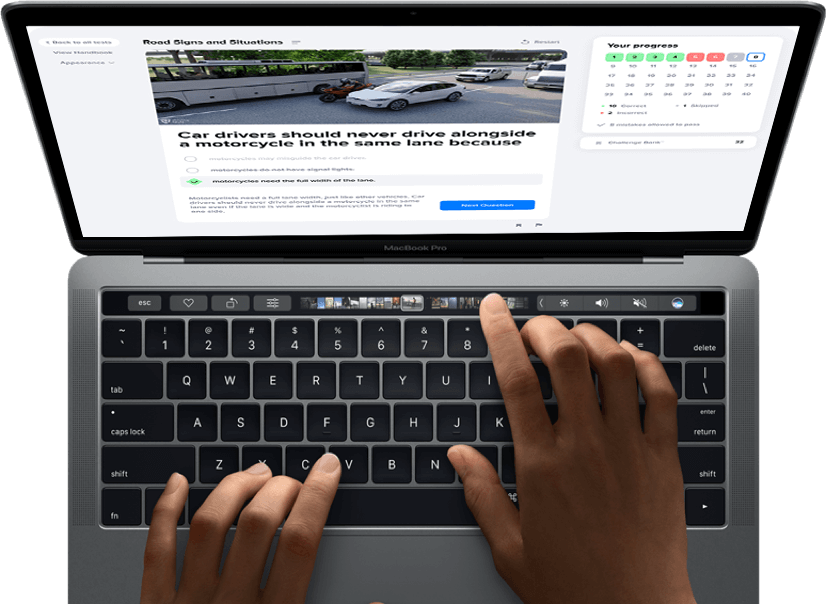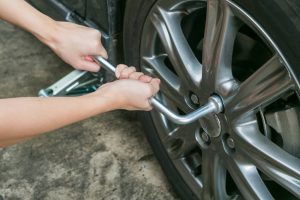Rotating and balancing your tires is the most efficient method of increasing the life of your tires. Just like shoes, tires become more wear in certain areas because they experience more friction. A set of tires is one of the most expensive things to replace on your vehicle and most drivers make every effort to make them last as long as possible without changing. Here are some tips to help you determine when and how to rotate and balance your tires. While tires should usually be rotated and balanced every 7,000 miles, there’s more to it, which we’ll go through underneath.
You’re reading one of our “Beginner Driver’s Guide” articles. Need to practice for your upcoming exam? Take our free sample driving test -- no registration required! ✨
4 Tips for Tire Rotation and Balancing
- 1
Rotate and balance is a phrase that describes two specific procedures that increase the safety and efficiency of your tires. When your tires are rotated, the wheels are removed and replaced from front to back, right to left. When they are balanced, a mechanic uses a special machine to check to see if the weight of the tire and wheel is balanced. If it is not, he will attach small lead weights to the rim of the wheel to ensure that they are balanced.
Modern wheel balancers detect even non-balance related vibrations and greatly reduce weight chasing![wheel balancing machine]()
- 2
Most manufacturers recommend that all four tires should be rotated and balanced approximately every seven thousand miles. A great way to keep up with this recommendation is to have your tires rotated and balanced about every other time you have your oil changed.
- 3
One of the most important reasons to rotate your tires is safety. Typically, tread wears away quicker on the front tires than on the back tires. The less tread you have on the front tires, the easier it is to lose control of your vehicle. Rotating the back tires to the front and vice versa keeps more tread on the front for a longer period of time.
If you rotate tires yourself, you need to know what pattern you’re going to use as directional and non-directional tires are rotated differently![rotating tires]()
- 4
The second reason this maintenance practice is so important is that it is efficient. If you did not rotate and balance your tires, you would have to replace your front tires much more often than your rear tires. Regularly rotating them allows all four tires to become worn at the same rate. This allows you to purchase a complete set of four tires instead of two pairs, thus saving you a trip to the garage.
Manufacturers have made bald tires easier to spot by placing a series of molded horizontal bars at the base of the grooves![worn tire]()
- 5
While it is possible to rotate your own tires, the vast majority of drivers take their vehicles to a body shop or garage to have this maintenance project completed. A rotate and balance usually only costs around twenty dollars. If you employ a garage to change your oil, check with them to see if they offer this service. Many garages offer free to rotate and balance your tires for free if you purchased them there.
Rotating and balancing your tires is a great way to ensure that your car won’t slip or skid because of worn treads. It is also an excellent way to increase the time until you have to purchase a new set.








